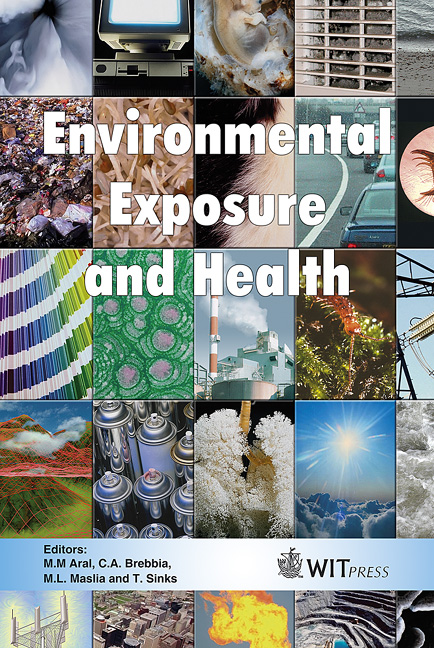Linking Activity-travel Analysis And Exposure Assessment: Benefits And Challenges
Price
Free (open access)
Transaction
Volume
85
Pages
14
Published
2005
Size
388 kb
Paper DOI
10.2495/EEH050181
Copyright
WIT Press
Author(s)
D. Olaru, T. Beer, J. Powell & R. Gillett
Abstract
This study investigates the relationship between the activity spaces and exposure to air pollutants, using personal activity and monitoring data. The activity space embeds the locations in which daily activities are performed and reflects various spatial and temporal processes that influence exposure to air pollutants: household scheduling of activity routines, the transport system, the time-space organisation of services, and the quality of the environment. Nitrogen dioxide (NO2) is the pollutant investigated in this study. Data were collected over five months, during winter and summer 2004, using passive samplers worn by subjects and deployed in seven micro-environments. The individual spatial and temporal travel patterns were characterised and more accurate exposure profiles were determined based on activity-travel analysis. Modelling results show that family members with similar activity spaces, engaged in activities in various indoors and outdoors locations, may have different exposure profiles due to different time allocation, different level of contact with pollutants, intensity of activity, and different anthropogenic characteristics. This is useful for identifying individuals potentially at greater risk, not only because of the concentrations of pollutants, but also due to the exposure durations and individual susceptibility to adverse effects. Keywords: activity space, mobility, air pollution, personal exposure. 1 Introduction: concepts and definitions Health professionals, policy makers, and the public are increasingly concerned about exposure to air pollutants, especially in urban areas. Many recent
Keywords
activity space, mobility, air pollution, personal exposure.




